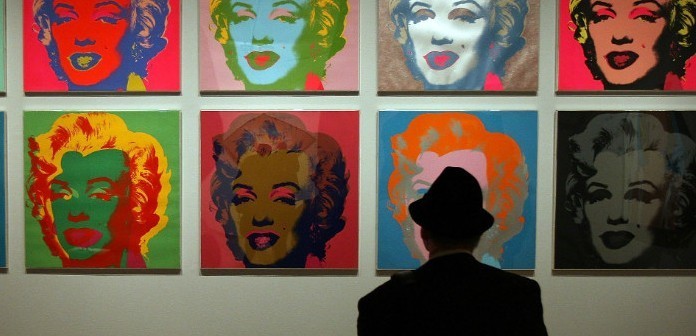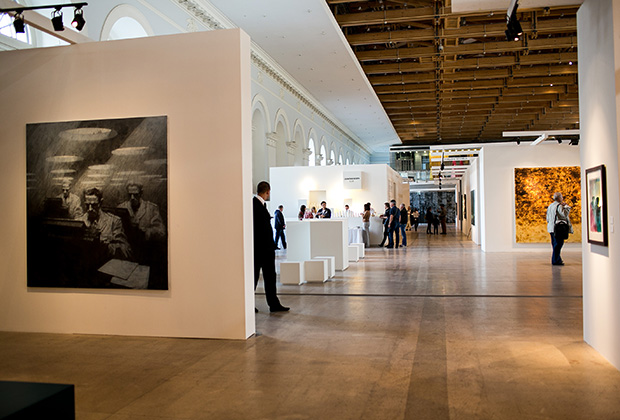
Art investment is a question which according to many specialists in the art market, doesn’t stand up to any criticism. Art must be loved and bought only because you like it, and not consider it as an another way of investment: the risks are high, the market is not stable, how to choose is generally unclear. But I tried to put together a small guide, for those who still consider art not only as touching the beautiful, but also as a tool for investment.
Do you need to buy art nowadays?
Who even needs your "art"? I’ve been asked this question a lot. But here’s another thing coming: the hunger is coming all over the world and the high values are not important anymore, everyone will think about finding food. And it's true: the art market has sunk and will probably sink even more. The main blow will fall on young artists, up to 1000 euros. They haven’t managed to form a name for themselves yet and today it won’t be easy to do this, especially outside of Russia. But this, in any case, is a matter of will and intention of each person. However, experienced collectors know that when the market falls, it's time not to leave, but to buy. The art that people need throughout the history of mankind is unlikely to be forgotten because of the crisis. Moreover, in the end, what is created at historical moments turns out to be the most interesting.

What to buy?
The parallel between young artists and start ups from the investment point of view makes sense. They are not yet sold on the secondary market, they can grow in price many times very quickly, or they can simply disappear. In order to understand which young artist to invest in, you need a lot of knowledge about the field itself. In fact, gallery owners who work with young artists can be called business angels, as they are ready to invest money and time in the artist if they believe in his project and the idea behind.
A less risky option, but more expensive and not that fast growing: famous established artists. They usually cost from 5,000 to 15,000 euros in Russia. They can be sold via auctions, if necessary, since they are already known and accepted on the secondary market. It’s unlikely that they will cost less, especially if the artist works not only with Russian, but also with European galleries and has the opportunity to participate in international exhibitions, but something must happen for a sharp increase. For example, participation in a large Biennale, an auction where an artist will sell above the standard price, or starting work with a top gallery, which will immediately increase the cost several times.
And the third option is the top 50 most expensive Russian artists. Their list can be found on the Internet, it’s publicly available. These artists are like bonds. They will grow in price, have already entered the history of art, add prestige to the collection. But they are unlikely to cost much more.
You can stick to one strategy in the art market, or you can, for example, collect a complex collection ("portfolio" in other words), everyone can choose to their liking.
But what to do with the art you bought?
Art is not stocks, and its direct purpose is of course to to broadcast ideas, develop visual language and change the viewer's consciousness, not to grow in price. Art can just affects your mood in a good way, and therefore improve the organisation of your life. However, if this is not enough, then the formed collection can be promoted: shown in museums, create catalogues, draw attention, create your own concept. This will give you social capital, as well as it will increase the importance of the works of art that you have in your collection. And this collection will cost more, just because it's yours.
You can also promote artists, advise them to curators, or organise exhibitions. Of course, it's always good to listen to experts, often the things that you consider brilliant may seem too simple to you after a few years.

A brief summary
Collecting art is a passion, it’s love. "Satisfaction of a pathological need", as one of my friends jokes. That’s why it’s important to decide and honestly answer the question: why do I collect art? Then you won’t have to confuse investment with love. Otherwise it can end up pretty painfully.